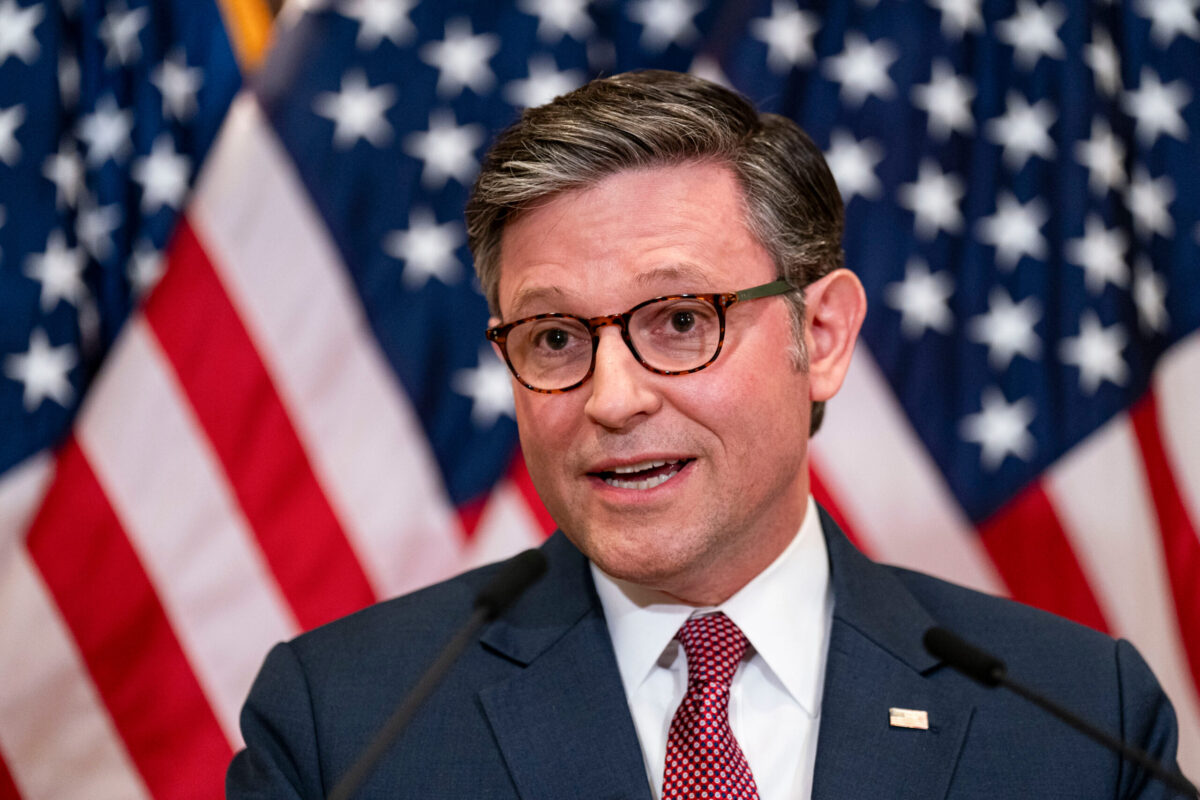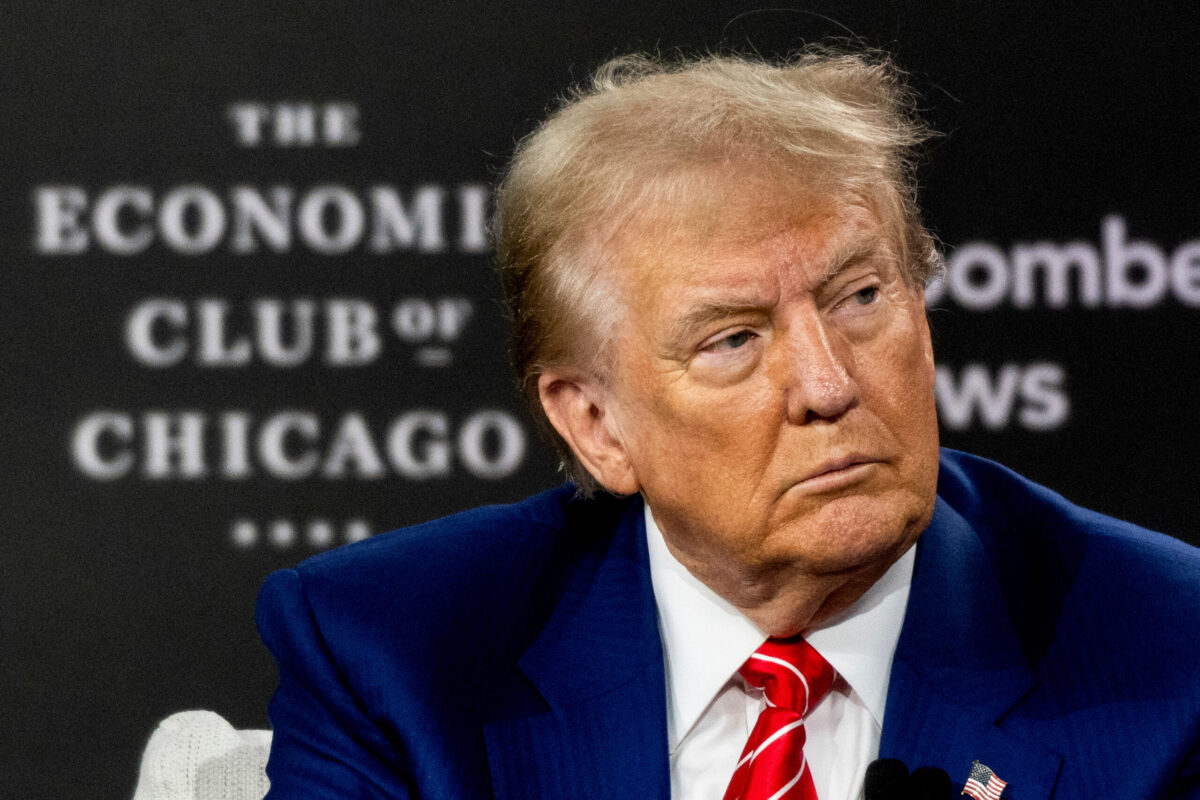How Trump made the Middle East ‘safer and more secure’
'His objectives were clear; and the means with which he achieved those objectives were effective'



With a second Trump administration on the horizon, the situation in the Middle East is bound to be taken more seriously as a national security priority for the United States. Indeed, President Trump’s own record in the region reads considerably better than any of his recent contemporaries. In this article, I examine how Trump inspired greater military assertiveness during his first tenure as Commander-in-Chief, leading the U.S. to decisively defeat Islamic terrorist organisation Daesh.
At the tactical military level, Bush’s 2003 Operation Iraqi Freedom was a sweeping success. Saddam Hussein and his forces were swiftly defeated. Yet no long-term strategy had been devised to address the multitude of issues that would arise from occupying the country, from how to handle ex-Baathist regime soldiers, who were left without livelihoods to support themselves and their families; to establishing a political vision for Iraq and an exit strategy for the international U.S.-led coalition. When the Iraq War officially ended in 2011, former Al-Qaeda cells coalesced to form Daesh, exploiting the chaos that had been left in the wake of the war.
Daesh was formed first and foremost as the Sunni opposition to the Alawite regime of Bashar Al-Assad in Syria and the Shia regime of Al-Maliki in Iraq. At the height of Daesh’s reign in the summer of 2014, the terrorist organisation controlled over 100,000 square kilometres of land in Syria and Iraq. It’s ability to conquer so much land was down to two critical factors: the violent ferocity of its fighters, stemming from their ideological fervour, and the utter ineptitude of their opponents. For example, Daesh faced down an Iraqi force 60,000-strong with about 1300 men, taking the city of Mosul after a four-day battle. When President Trump took office, American commanders had already been engaged in combat in Mosul, by providing support to Iraqi government forces fighting Daesh in Iraq’s second largest city. The battle, which had been expected to last for just two months, turned out to be the biggest military operation in the world since the invasion of Iraq in 2003. Under Obama, the strategy in Mosul was stagnating. A different approach was required.
U.S. forces under Trump then increased the number of surgical air strikes in parts of the city, taking out Daesh targets with more efficacy. As East Mosul resident Saad Amr said, ‘the air strikes on east Mosul were fewer, but more accurate.’ On Daesh targets elsewhere in Mosul, from sleeper cells uncovered by Iraqi security forces on the ground to Daesh snipers positioned on building tops located by reconnaissance intelligence, more frequent air bombardment campaigns eventually led to the annihilation of Daesh in the city. Daesh’s defeat in Mosul crushed their military capabilities as well as morale. It had been the location wherefrom Daesh proclaimed its caliphate. The city’s loss put Daesh in a state of retreat from which it would not recover. By the end of Trump’s first year in office, Daesh lost 95 percent of its territory in Iraq, resulting in the achievement of Trump’s stated aim of defeating the Islamist terror group.
Compounding the strategic mistakes of the Bush administration in Iraq were the mistakes of the U.S.-led coalition of Arab states under Obama in Syria. According to then-Vice President Biden, Saudi Arabia, Turkey, and the United Arab Emirates ‘were so determined to take down Assad [that] they poured hundreds of millions of dollars and tens of thousands of weapons into anyone who would fight against Assad.’ Many of these forces fighting Assad in Syria were the very same forces that the United States were engaged in combat with, namely al-Nusra, al-Qaeda, and Daesh. The United States were thus fighting two enemies on the same front, but one of them was being funded by their regional allies. Furthermore, their two enemies were fighting each other, raising questions over whether there was a coherent U.S. strategy in Syria to begin with.
On the campaign trail in 2016, candidate Trump hinted at how his strategy would differ from both Bush and Obama. ‘First, you’ve got to take out [Daesh in Syria],’ he stated, ‘and then you go for Assad.’ Once in office, he enacted his pronounced objective, marking a more structured strategic shift from his predecessor. Under Obama, U.S. forces would often withhold from attacking Daesh when their units were in combat with Russian- and Hezbollah-backed Syrian forces. This tactic underpinned part of Obama’s strategy in the Syrian theatre: attack key Daesh artillery units when the Islamists were not engaging Assad’s forces; but when they were, be uninvolved in the confrontations. In the best-case scenario both forces take heavy losses—but the best-case scenario rarely plays out in proxy warfare.
For example, cities such as Palmyra fell to Daesh forces in 2015, following the defeat of Syrian Army ground forces in the ancient city. As Commander-in-Chief, Trump sanctioned U.S. forces to fight alongside Russian and Syrian forces against Daesh, which the United States had never done before in that theatre. As a result, in February 2017, Palmyra was recaptured from Daesh with the assistance of U.S. air strikes. In October 2019, Trump’s stated aim of ‘defeating 100 percent of territorial caliphate in Iraq and Syria’ was finally fully achieved, with the killing of Daesh leader Abu Bakr al-Baghdadi.
It is impossible to determine whether Daesh will remain defeated indefinitely. The reality with terrorist organisations such as Daesh and its Al-Qaeda pre-incarnate is that decapitating their leaderships is no guarantee to permanent destruction of the threat. Embers may become future insurgencies, in the same way that a waning Al-Qaeda eventually transmogrified into Daesh. It remained the responsibility of the Biden-Harris administration to ensure that the achievements of the first Trump administration’s regional grand strategy served as building blocks for their own foreign policy objectives. Instead, under Biden, Assad has been able to consolidate his position at the helm, while terrorist proxy groups coordinate from Syria and elsewhere to undermine U.S. and Western regional interests.
U.S. foreign policy in the Middle East is contingent on multiple factors, most notably the actors that pose the greatest threat to U.S. interests. How the U.S. can better preserve its interests stands at the apogee of U.S. strategic considerations apropos the Middle East. Identifying the end objectives in U.S. foreign policy in the region, and subsequently utilising the means at the president’s disposal to achieve those ends, represent the bedrock of the president’s regional foreign policy agenda. The clearer the end objectives, the greater the president’s ability to achieve them. However disconcerting many may find Trump’s behaviour, his objectives in the Middle East were clear; and the means with which he achieved those objectives were effective. By defeating Daesh, President Trump made the Middle East safer and more secure, for its regional allies and for U.S. interests.
Alex Alfirraz Scheers holds a diploma in Politics and History from the Open University, a bachelor’s degree in War Studies and History from King’s College London, and a master’s degree in National Security Studies from King’s College London. He is currently a research assistant at the International Centre for the Study of Radicalization, also based in London. His research areas of interest include the international politics of weapons of mass destruction, and Islamist extremism.
SUPPORT TRUTHFUL JOURNALISM. MAKE A DONATION TO THE NONPROFIT WND NEWS CENTER. THANK YOU!
What's Your Reaction?

































































































